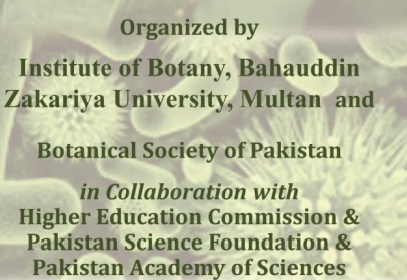PJB-2025-237
TRADITIONAL KNOWLEDGE AND ETHNOBOTANICAL USES OF MEDICINAL AND WILD PLANTS IN KOT ADDU, PUNJAB, PAKISTAN
Khuzaima Zahra
Abstract
Medicinal plants provide a significant source of bioactive substances, and several human illnesses are addressed using plant-derived treatments. This study aims to document the traditional use of medicinal plant species by the local communities of District Kot Addu, Pakistan, with a particular emphasis on the health challenges that the local population faces. Ethnobotanical data were collected from 150 local informants through field surveys, where questionnaires and face-to-face interviews were employed to gather information. Multiple quantitative metrics were used to evaluate the gathered data, including key ethnobotanical indices such as fidelity level (FL), use value (UV), and informant consensus factor (ICF). The study revealed that the local people frequently used 138 plant species from 42 families for various purposes. The documentation and preservation of these plants were reinforced by references to the Flora of Pakistan and Flora of Punjab, with specimens being preserved on herbarium sheets. The Poaceae and Fabaceae families were the most frequently reported, with 14 species each. Ethnobotanical findings indicated that 55% of the plants were used medicinally, 5% for fodder, 16% for food, 8% as ornamental plants, 9% for timber, 4% for making hand fans and baskets, and 3% as insect repellents. Among the 138 identified plant species, 36 were trees, 75 were herbs, and 27 were shrubs. Pie charts and bar graph were used to visually present the various ethnobotanical uses of these plants.
To Cite this article:


